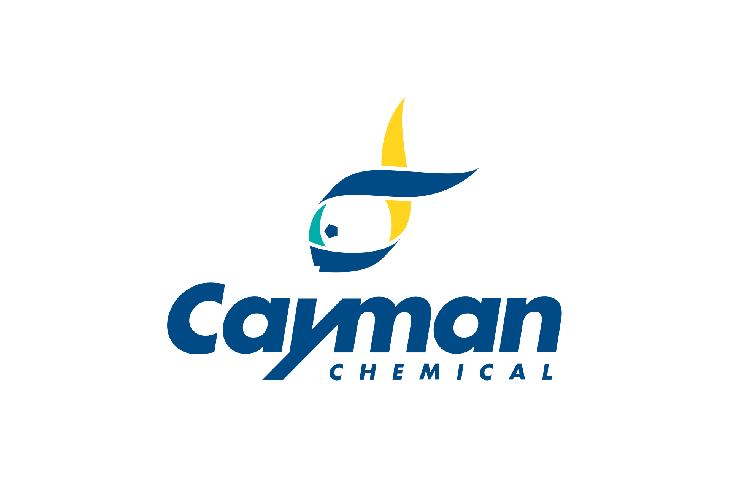Thioredoxin 1 (Trx1) is a thiol-disulfide oxidoreductase and part of the antioxidant thioredoxin system that is involved in the maintenance of cellular thiol redox homeostasis.{57135,57136,57138} It is ubiquitously expressed, localizes primarily to the cytoplasm with some nuclear localization, and is upregulated in and released from cells under conditions of oxidative stress.{57135,57137,57136} Trx1 contains two active site cysteine residues at positions 32 and 35, with additional cysteines at positions 62, 69, and 73.{57136} During the catalytic cycle, the active site cysteines are oxidized to a disulfide upon reduction of oxidized protein disulfide substrates and are subsequently restored to their reduced state by thioredoxin reductase (TrxR) and NADPH.{57135,57136} It regulates redox-sensitive transcription factors including NF-?B, p53, and the glucocorticoid receptor, as well as inhibits apoptosis through redox-sensitive binding and regulation of apoptosis signal-regulating kinase 1 (ASK1).{57137,57136} Exogenous administration of extracellular recombinant human Trx1 has anti-inflammatory effects in a variety of animal models.{57136} Trx1 levels are increased in a variety of human primary tumors, and increased tumor levels of Trx1 are associated with decreased survival in patients with colorectal cancer.{57137} Cayman's Thioredoxin 1 (human) Polyclonal Antibody can be used for ELISA, immunohistochemistry (IHC), and Western blot (WB) applications.
Do you have any questions about this product?
Order your product by email
Productname
Thioredoxin 1 (human) Polyclonal Antibody - Biotinylated
11541-1
By filling out this form, you are placing an order by e-mail. You will receive an order confirmation within one working day. The order cannot be modified after receipt of the order confirmation.
Request a sample
Productname
Thioredoxin 1 (human) Polyclonal Antibody - Biotinylated
11541-1
By filling out this form, you request a sample. You will receive an order confirmation within one working day. The order cannot be modified after receipt of the order confirmation.
Are you looking for specific products, alternatives or documentation?











